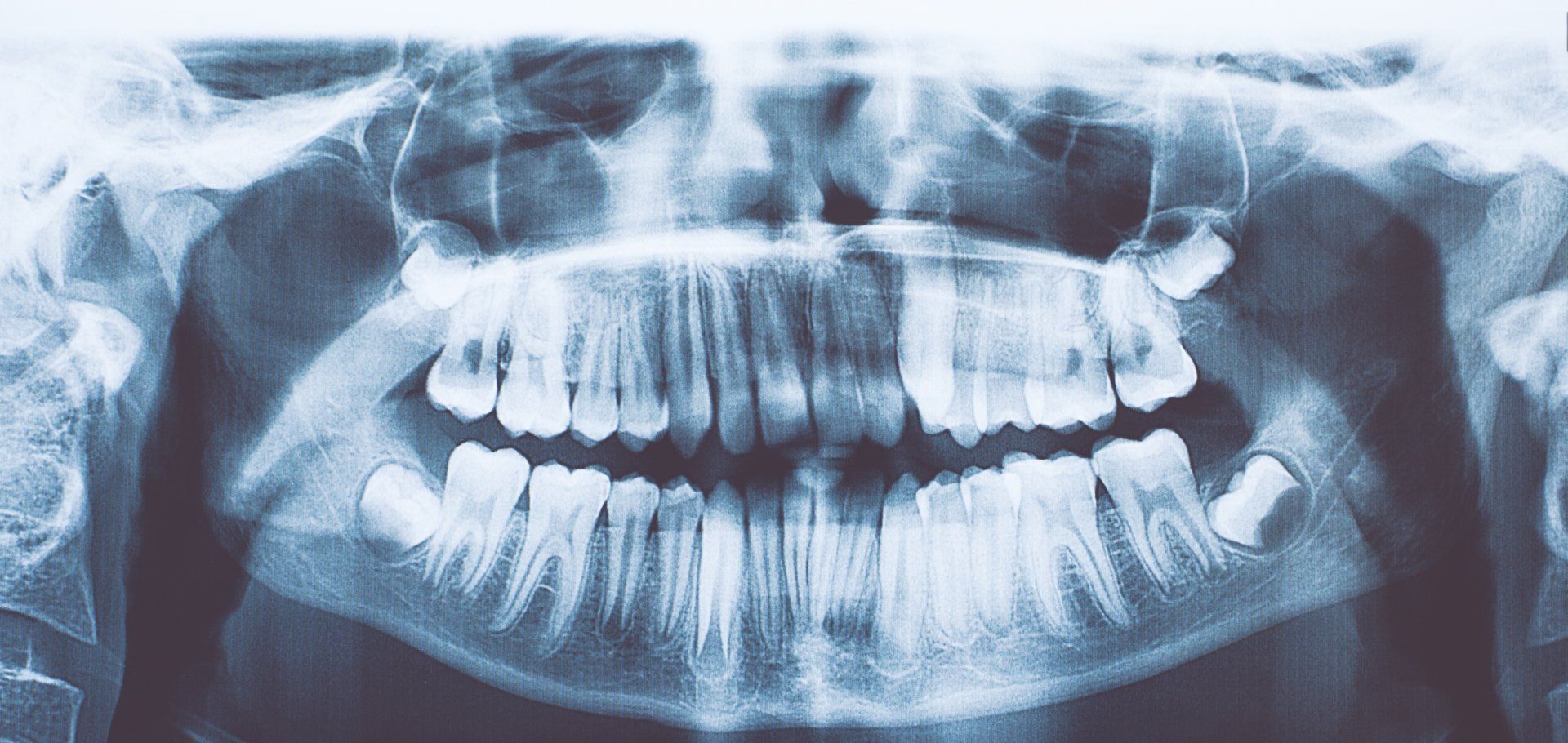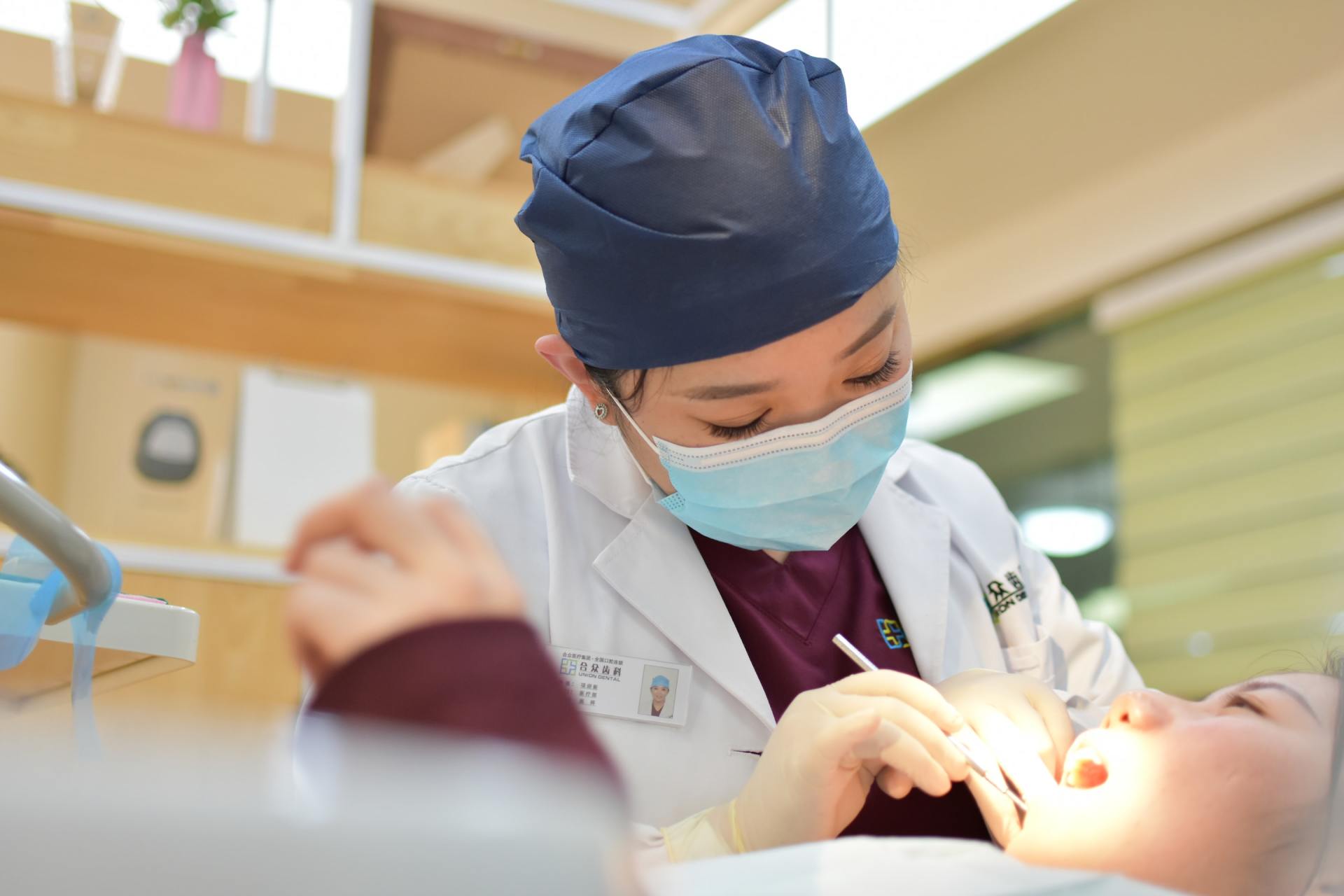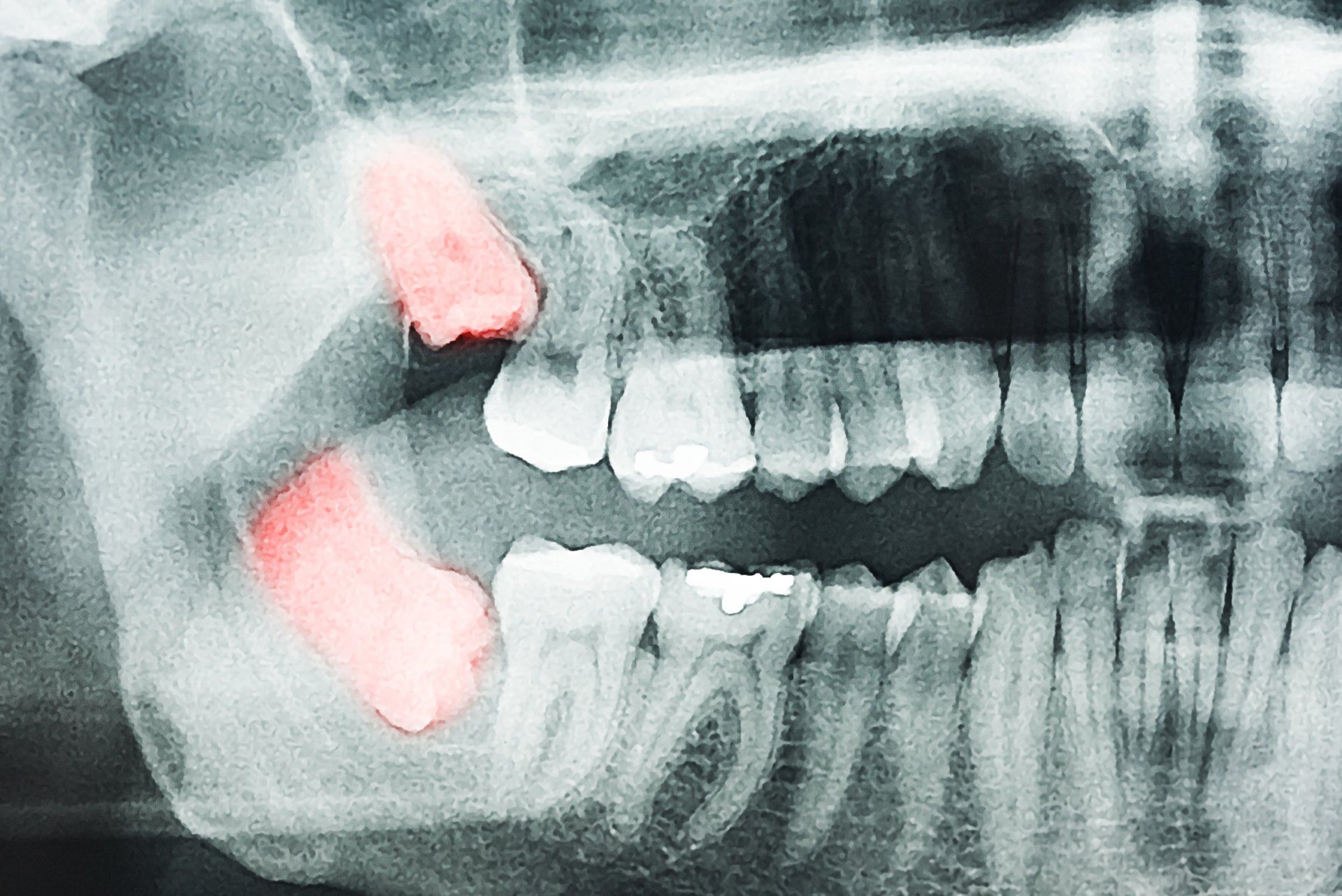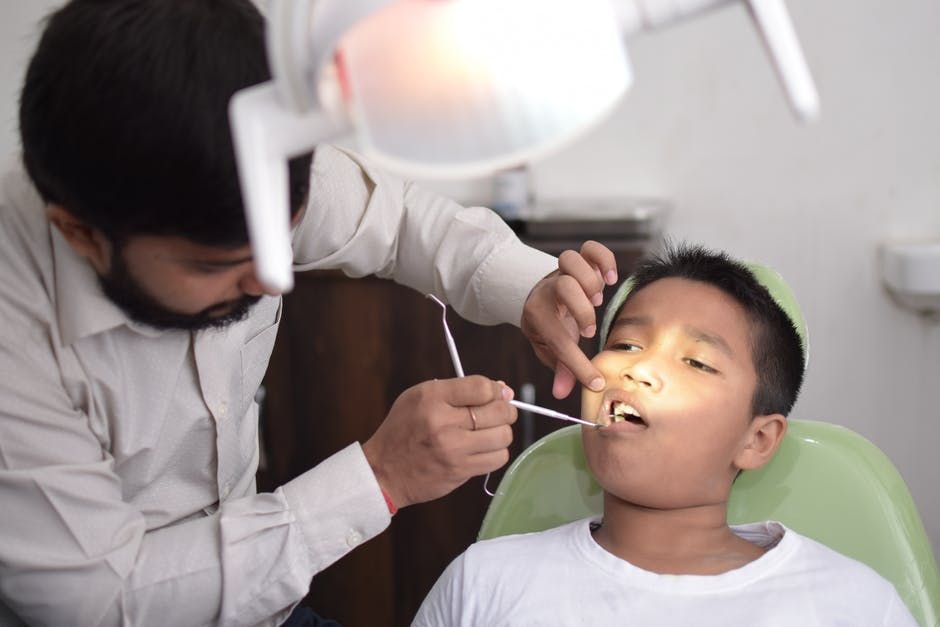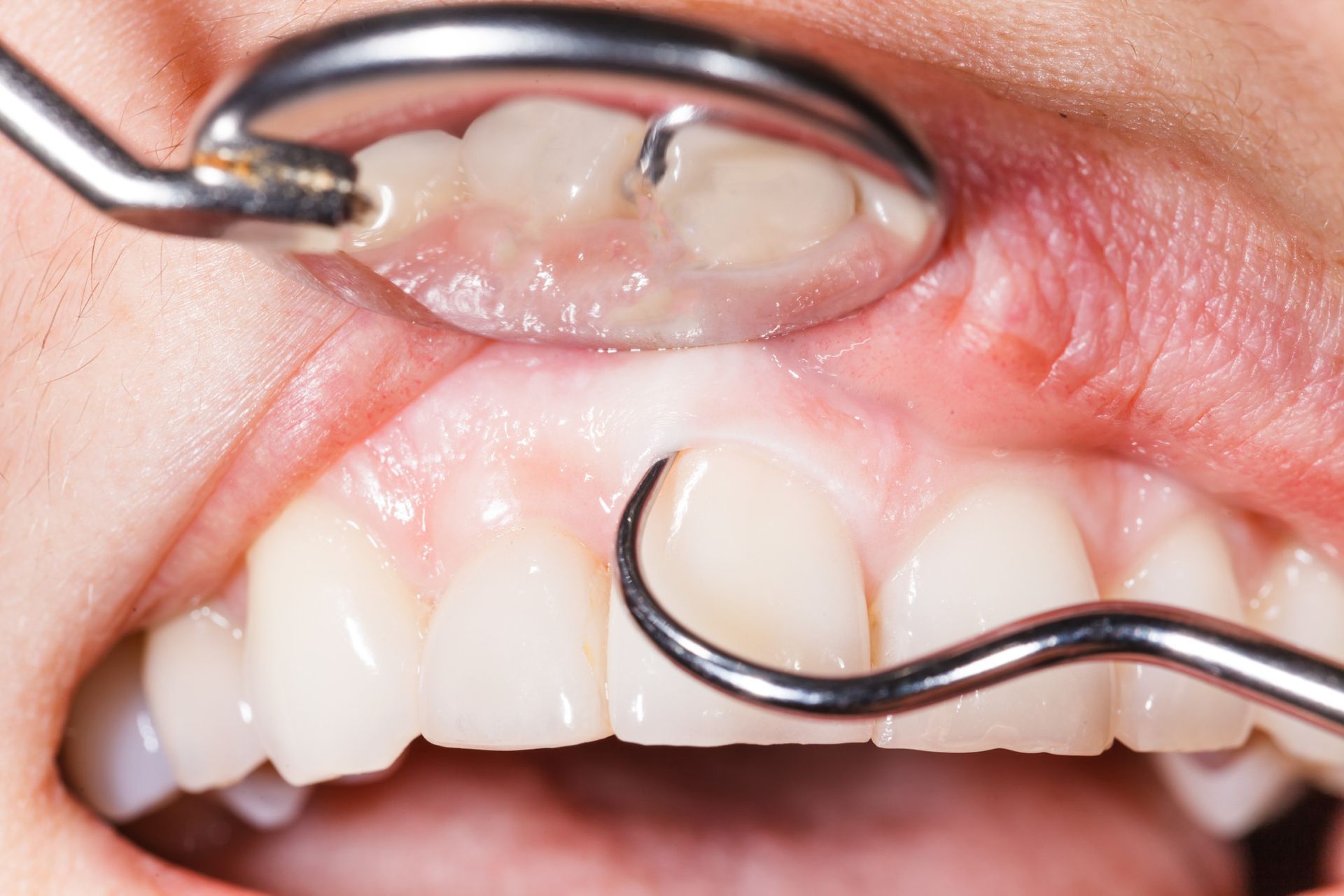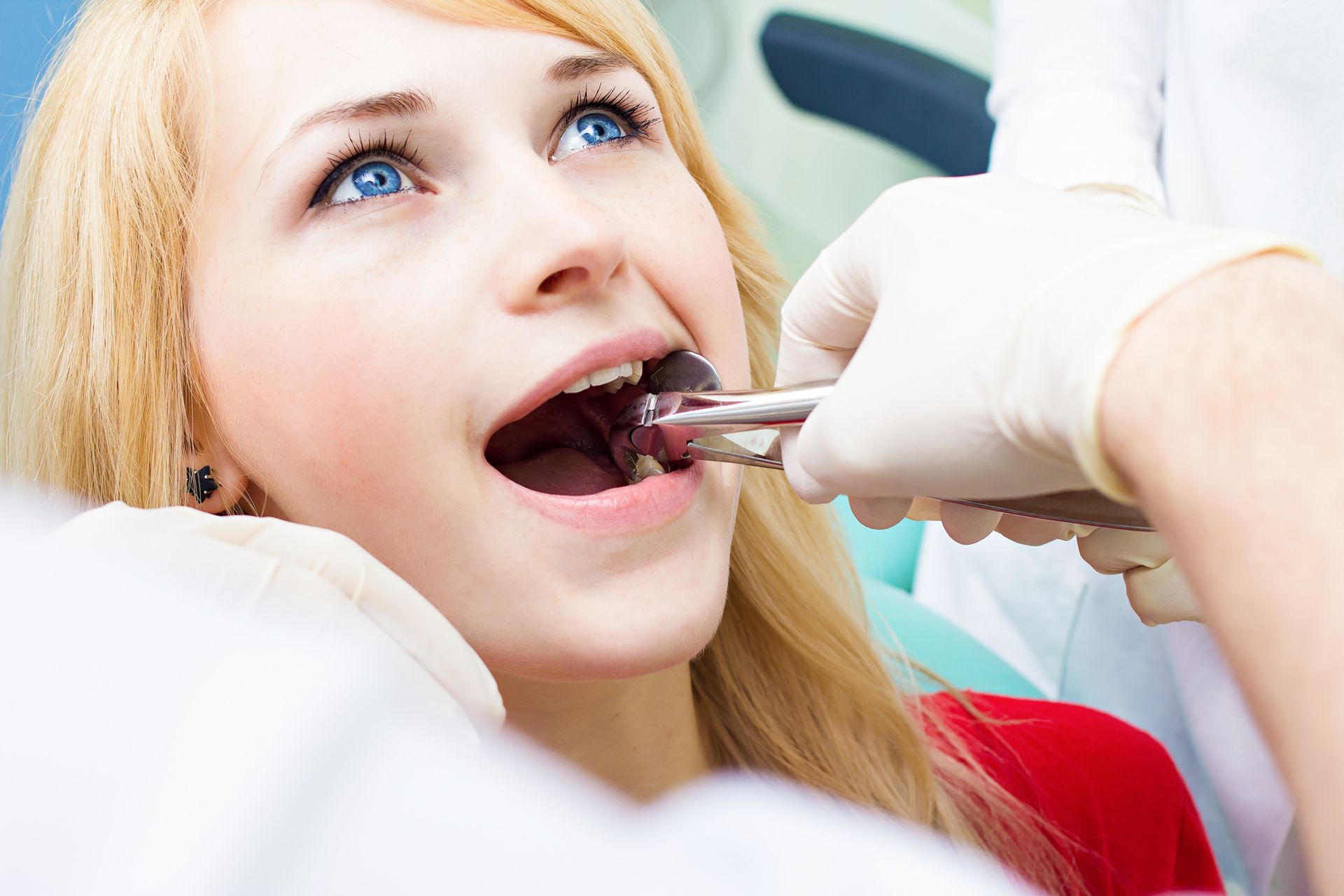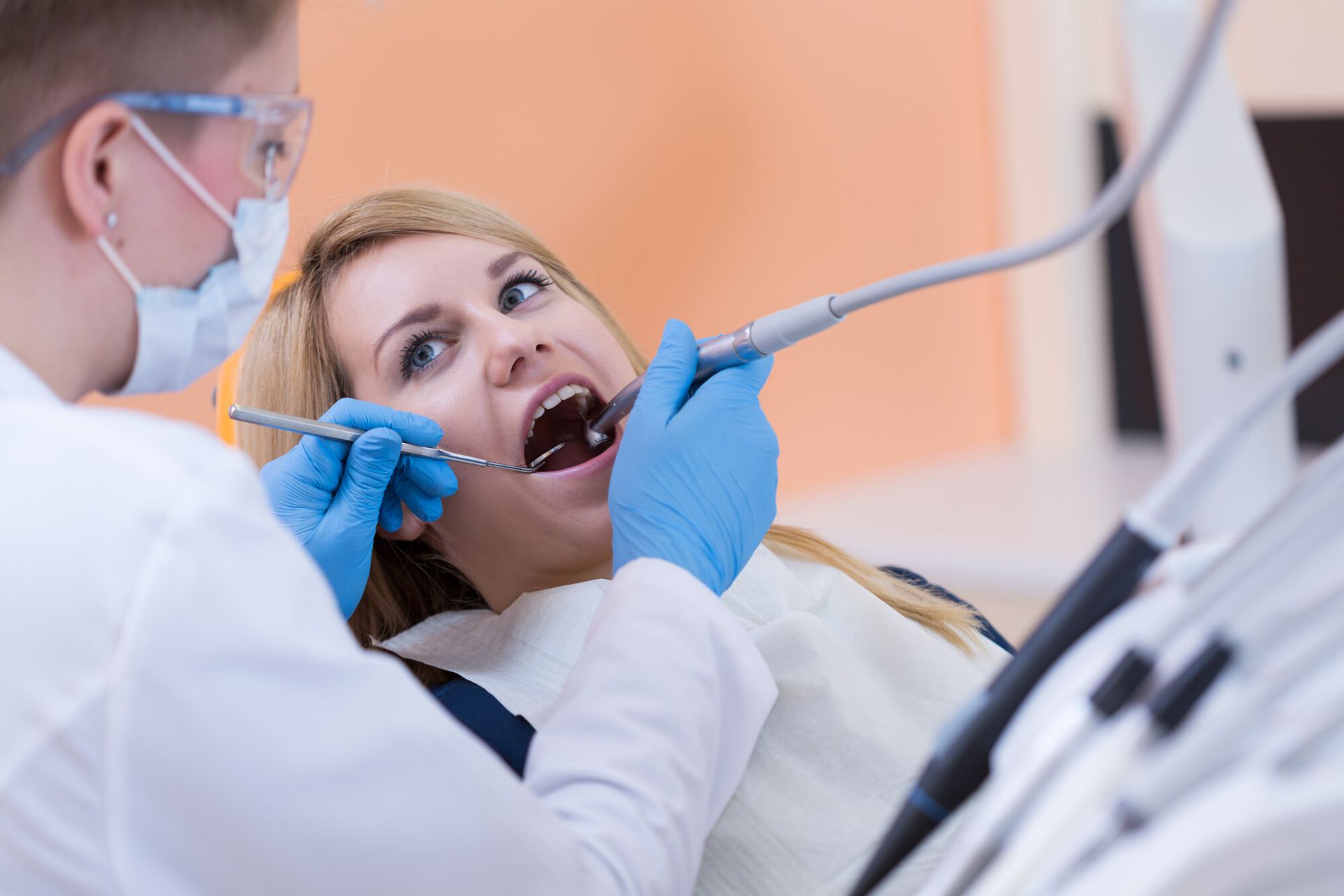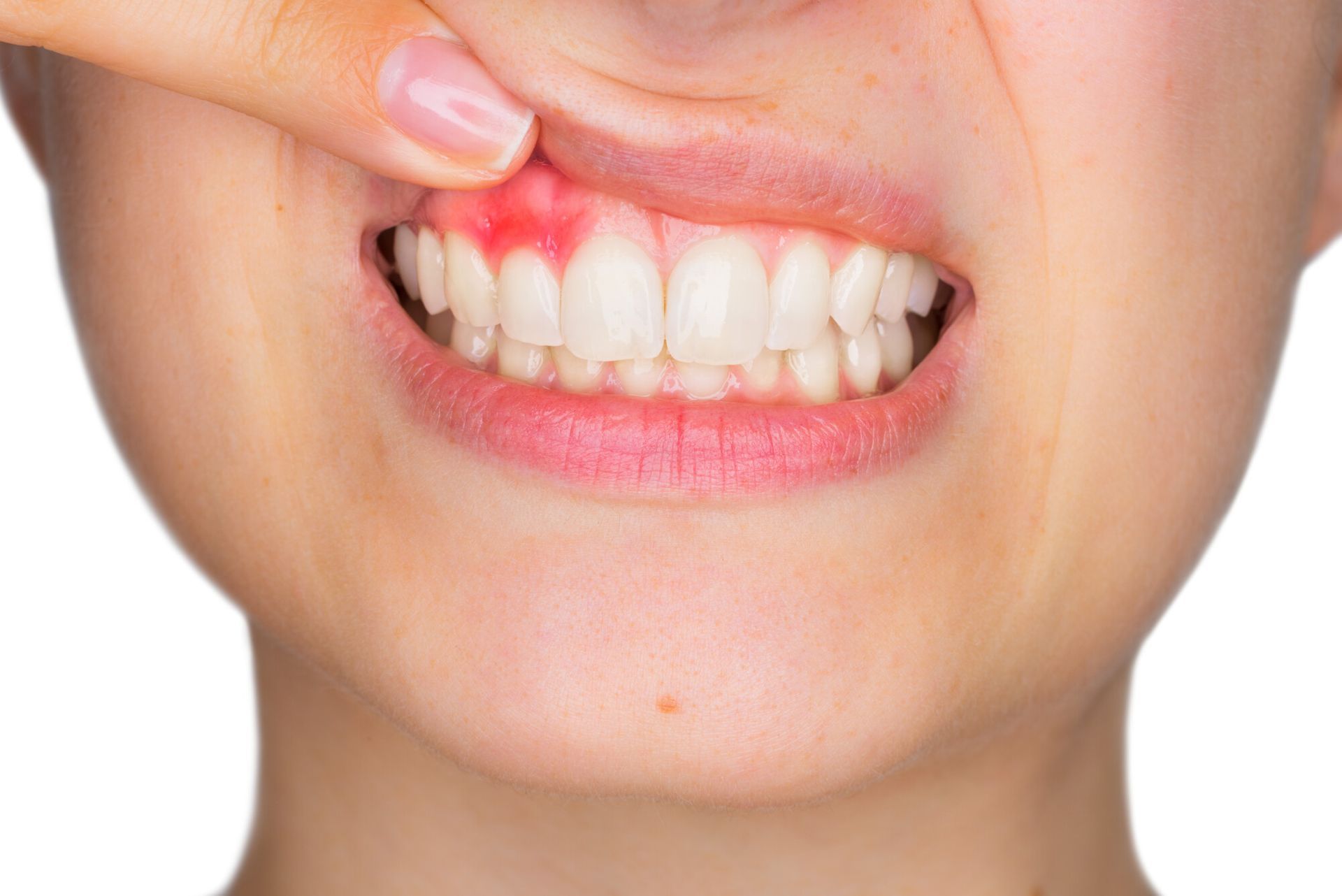Everything Parents Should Know About Braces for Kids
In North America (Canada and the U.S. combined), about 4 million teens have braces. Are you considering getting braces for your child or teenager?
Braces for kids are common, but how much do you really know about them? How do you know if getting braces is the right choice for your child? What are your options?
We're here to answer your questions so you can make an informed decision for your child. Read on to learn more.
Benefits of Dental Braces for Children
So why would you want to get braces for your child?
In reality, not all children need braces. Many children could get straighter smiles from proper orthodontic care, but braces may not improve anything beyond visible appearance.
On the other hand, many children actually need braces to correct crooked teeth to prevent or fix larger oral health issues. Here's a quick breakdown of some of the benefits of braces for children.
Visible Benefits
Let's start with the obvious benefits. Getting braces is the best way to get straight teeth. If your child is self-conscious about their crooked smile, why not help them fix it with braces?
Not all malocclusions are dangerous. Even if teeth are slightly crooked in such a way that they aren't posing any type of health risk, however, your child may still be unhappy with them.
If your child never smiles with their teeth in photos or if they always cover their mouth when they laugh, it could be a sign that they don't feel good about their smile. A trip to the child orthodontist can help.
It's best to take care of the problem during childhood. Your child can grow up with straight and beautiful teeth that they'll love to show off!
Better Oral Health
There are also oral health benefits of getting braces. While the appearance of straighter teeth is certainly appealing, for many children, getting braces is actually a necessity. Braces can fix and prevent many oral health issues down the road.
Children with excess crowding can have a hard time properly cleaning their teeth. They may end up with tooth decay and cavities that can lead to pain, and eventually, tooth loss and gum disease.
Crooked teeth can make it harder for children to eat and they may make it more likely for children to break their teeth in the future.
There are also bite problems to consider. Children with malformed bites may struggle to eat and they may develop speech impediments.
Getting braces for your child can set them up for a future of good oral health and easier oral care. Help your child keep their mouth healthy.
Types of Braces for Kids
Many years ago, if a child got braces, they were always going to get the standard metal braces with large brackets and painful wires. As a result, many kids are nervous about getting braces.
This is no longer the case. Technology has improved, so even standard metal braces are better than ever. There are also several other options that are all suitable for children (under the right circumstances, of course).
Here's a quick overview of the different types of braces your child may be able to get. Note that depending on your child's specific case, they may be limited to a specific type. The only way to know for sure is to schedule a consultation!
Standard Metal Braces
When you think of "braces," this is likely what comes to mind. Standard metal braces consist of metal brackets and wires with rubber bands to encourage movement. During each appointment, the orthodontist will adjust the braces so your child's teeth move slowly into place over time.
Metal braces are effective for a wide range of orthodontic issues. Even a child who needs significant teeth straightening can benefit from standard metal braces. They also tend to be the most affordable option (though this will depend on your child's case).
Standard metal braces are great for children because your child will be unable to lose them or break them irreparably.
Children do have to change their dietary and oral health habits after getting braces, but it's typically an easy and quick adjustment. Some children also struggle with the idea of wearing braces due to how they look. Make sure your child understands that braces are temporary, and in a matter of months or years, they'll have straighter teeth.
It can also be helpful to allow your child to wear colourful rubber bands so they can make their metal braces suit their style.
"Invisible" Braces
"Invisible" braces aren't truly invisible, but they're a less visible version of standard braces. The brackets are clear but the wires are still going to be made of metal, so they're still visible.
These braces can fix all of the same problems as standard metal braces, so they're a fantastic option for the vast majority of children. They also have the added benefit of being less obvious.
Children who need braces, but who are afraid of having obvious metal brackets and wires may feel more comfortable with clear braces. These children may not be ready for clear aligners (more on that later), so clear braces are a great alternative.
These braces are super fun to decorate with colourful rubber bands.
Self-Ligating Braces
Self-ligating braces look like standard braces, but they're a bit different. Instead of using rubber bands to hold the wire in place, the brackets clip directly over it.
This may provide a quicker and more comfortable experience for people receiving orthodontic treatment.
Invisalign Clear Aligners
Invisalign clear aligners are fantastic. While they were once best for mild orthodontic cases, they're now effective for a wide range of orthodontic problems. They can handle almost any issue that standard braces can fix.
Instead of brackets and wires, patients get tooth-coloured attachments and clear plastic aligners. Every week (or every other week, depending on the case), the patient switches to a new set of aligners to slowly move their teeth into proper alignment.
Clear aligners require fewer dietary changes than standard braces and they're the least visible way to straighten your child's teeth. They also tend to be more comfortable than standard braces.
Typically, Invisalign is best for teens rather than young children, but it depends on your child's maturity level. The child has to be capable of removing and protecting their aligners during meals and brushing their teeth after every meal, even when they're at school. If a child loses a set of aligners, they can set back their treatment.
Are Braces Painful for Kids?
Many parents worry that braces will be too painful for their children. While it's true that braces (and even clear aligners) are uncomfortable, that discomfort is tolerable and it fades.
Of course, braces are more comfortable than cavities and gum disease.
When your child gets their braces tightened or switches to a new clear aligner, they may feel mild pain. An over-the-counter pain medication should be more than enough to soothe their discomfort. Have them eat soft food on the days of their appointments.
Your orthodontist can also provide your child with orthodontic wax to cover sharp brackets or attachments.
How Long Do Children Wear Braces?
The length of your child's orthodontic treatment will depend on their case and the treatment method that you choose for them. Some children only need to wear braces for several months. Others wear braces for over a year.
Children's jaws are still forming, so their teeth move faster than adult teeth.
Note that even after treatment, your child will need to wear a retainer. If your child is young, you'll likely need to remind them of this.
Basic Care for Braces
If your child has braces or clear aligners, their oral care won't change too much. They may have to visit the dentist more often and brush an extra time or two per day, but otherwise, oral care is straightforward.
Make sure your child knows how to brush and floss with braces. It takes some getting used to.
You may also have to change your child's diet. If they have clear aligners, no dietary changes are necessary. If they have braces, they will need to avoid hard and sticky foods for the duration of treatment.
Frequently Asked Questions (FAQs)
Does Your Child Need Braces?
If your child has crooked teeth or a misaligned bite, it's time to consider braces! Braces for kids are safe and commonplace, and when your child is finished with their treatment, they'll have an amazing superstar smile they'll be excited to show off with pride.
Do you need a dentist in Mississauga or Stoney Creek for your child? We'd love to meet you. Contact us to book an appointment today so your child can start their journey toward a straighter and healthier smile.



